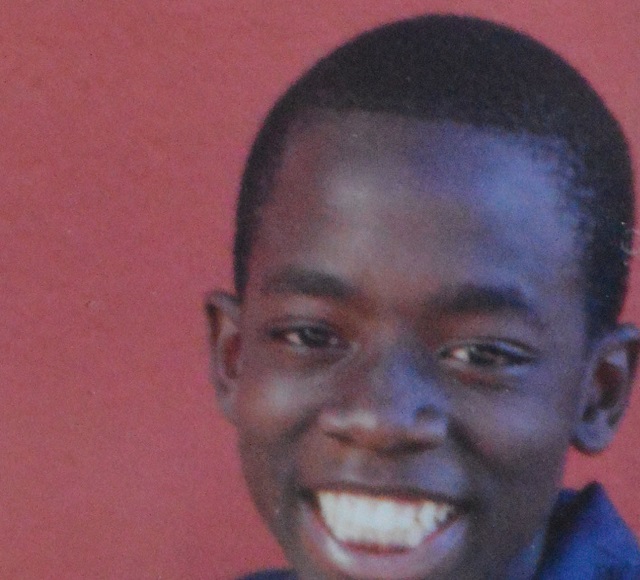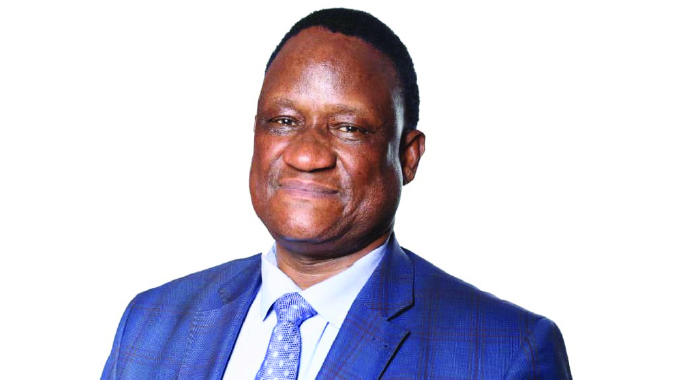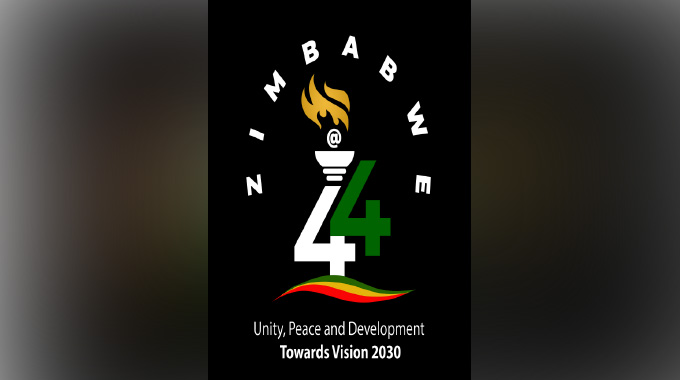EDITORIAL COMMENT: Tokwe-Mukosi Dam project should transform the region

President Mugabe is, on Friday, expected to commission Tokwe- Mukosi Dam in Masvingo as well as launch a $1 million fishery project at the country’s biggest inland water reservoir.
The expected launch of the fishery initiative would mark the first step towards harnessing commercial benefits from the dam. In his presentation entitled “Command Agriculture in Zimbabwe: Myths, Lessons and Future” during a public lecture at the Midlands State University last Wednesday, Vice-President Emmerson Mnangagwa said 1,6 million fingerlings would be put into the dam at the commissioning ceremony for communities to start commercial fish farming.
Construction of Tokwe-Mukosi Dam was finished on December 10 last year. The Government spent $255 million in building the 1,8 billion cubic metre capacity dam. So far it has collected over 1,2 billion cubic metres of water which translates to about 70 percent of its capacity.
VP Mnangagwa’s remarks came as Chivi Rural District Council chairman, Cde Killer Zivhu, said there was a stampede for permits from people wishing to fish commercially in the dam. Hailing the Government for building the dam, Cde Zivhu said Tokwe-Mukosi has potential to revolutionalise the people’s lives in the district, province and the whole country.
“So far,” said Cde Zivhu while addressing hundreds of rural councillors drawn from across Masvingo at Nemanwa Growth Point on Monday last week, “preliminary reports indicate that over 20 000 applications for fishing licences have been submitted as individuals and companies position themselves to have part of the Tokwe-Mukosi cake and my fear is that local people will lose if they do not prepare to exploit the vast opportunities created by the dam.”
We look forward to the President launching the first commercial undertaking anchored on the dam and want it to be the first in many more projects to come at that giant piece of infrastructure.
We take fishing as a low-hanging fruit at Tokwe-Mukosi, one that does not need much money and time to start up. However, for now, we don’t think there is much fish in the dam seeing that it is only five months old. Yes, the dam wall had been there for a while before its construction was completed in December, but commercial fishing may not be that viable yet considering the size of the stock of fish available.
This is why VP Mnangagwa pointed out that the Government would put 1,6 million fingerlings in the dam this week. The new citizens of the dam would obviously be allowed to grow, along with the natives that had already been there, and reproduce to the right populations. Thereafter, commercial fishing can begin on a substantial scale.
Chivi is probably Masvingo Province’s most arid district. That most people in the district always trek to South Africa in search of work is not only a result of the district’s proximity to that country but also its aridity and inability to support viable crop, even animal husbandry.
However, with the dam in place, livelihoods in the district are likely to improve, revolving around the reservoir.
We share Cde Zivhu’s fears that the national stampede for fishing permits might result in locals being overlooked in efforts to meaningfully exploit the dam. This must not happen. Authorities have an obligation to make sure that the people of Chivi would be the primary beneficiaries of this asset. Some of them were actually displaced from their ancestral homes as the dam was being built, while others suffered disruptions in their lives in one way or the other.
This is more than enough justification that the people of Chivi must benefit first ahead of everyone else.
By saying this, we are not saying Tokwe-Mukosi is their asset alone. To say it is theirs alone would be no different from someone saying that since amacimbi occur in Matobo District therefore they must be harvested by people from that area alone. That would be very wrong and too myopic. Tokwe-Mukosi is a national asset that only happens to be situated in Chivi District. So while authorities need to be mindful of the dam’s physical location and the locals’ expectations, they also have to ensure that other people from Masvingo Province and the country as a whole benefit from it.
As we alluded to earlier, fishing must be the starting point and other more capital intensive and longer term investments can be set up as time goes on.
As VP Mnangagwa said, the dam has potential to irrigate 26 000 hectares of land downstream. We look forward to the Government and its partners moving with speed to clear the land to be planted with various crops. Early estimates are that sugarcane output in the south-east lowveld will grow by 15 percent, the growth attributable to Tokwe-Mukosi Dam. Yet that area should be good for citrus fruits, bananas and other crops as well, not to mention maize, all under irrigation.
A $20 million 15 megawatt mini-hydro power plant, with capacity to produce enough power to light up the whole of Masvingo province, is already under construction at the dam.
The size of the dam should be able to sustain a big tourism and hospitality industry also. As people come to trade in fish, participate in water sports on the dam or spend time on houseboats, they would need to stay in a lodge or hotel. Sections of the shoreline can be subdivided into high-end residential stands over-looking the dam for the wealthy to build holiday homes as is the case with Kariba Dam, Zambezi River and Nyanga.
The dam should radically transform livelihoods in Chivi and contribute to national economic recovery and growth efforts.










Comments